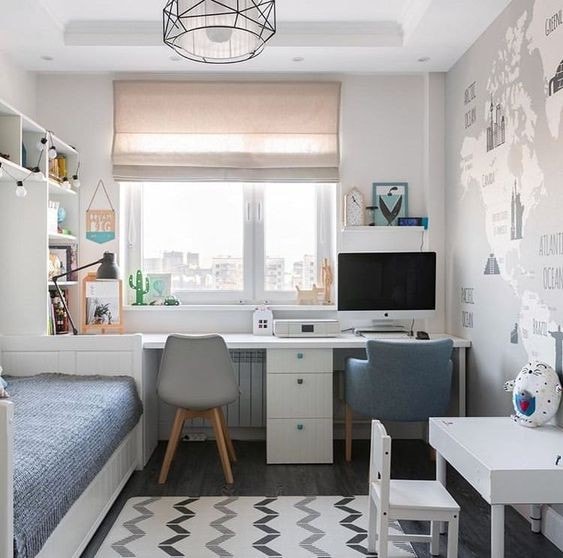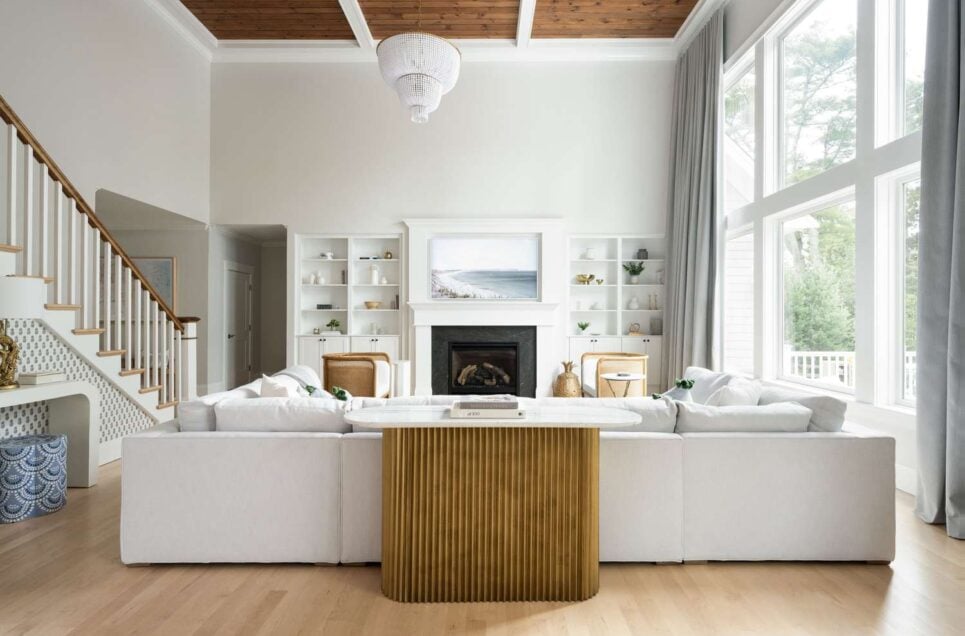Interior design is an art. It takes a certain amount of patience and skill to successfully design the interior of a home and make sure there’s a balance of lighting, color choices, space, and furniture placement. Unfortunately, certain myths exist that may hinder or negatively impact your space, leaving you frustrated and confused. That’s why we’re here to help bust those home interior design myths, so you can have a beautiful home you’re proud of.

Myth: All White Walls Make A Room Look Bigger
Even though white creates a sense of space in your home, it’s not the only way to make a room look bigger. Painting all your walls white won’t magically make that room seem larger than it is. To achieve this, you’ll need proper furniture placement, proper lighting, and the right color choices to make your room feel more spacious and larger than it is. To achieve this larger room, you need to paint the sashes and trim the same color as the walls. Hadley Wiggens, a designer in Peconic, N.Y., said you need to allow “the eye to travel continuously instead of stopping on some jarring focal point or moment of contrast.” You’ll achieve this with a variety of differences, not only a white wall (WSJ).



























